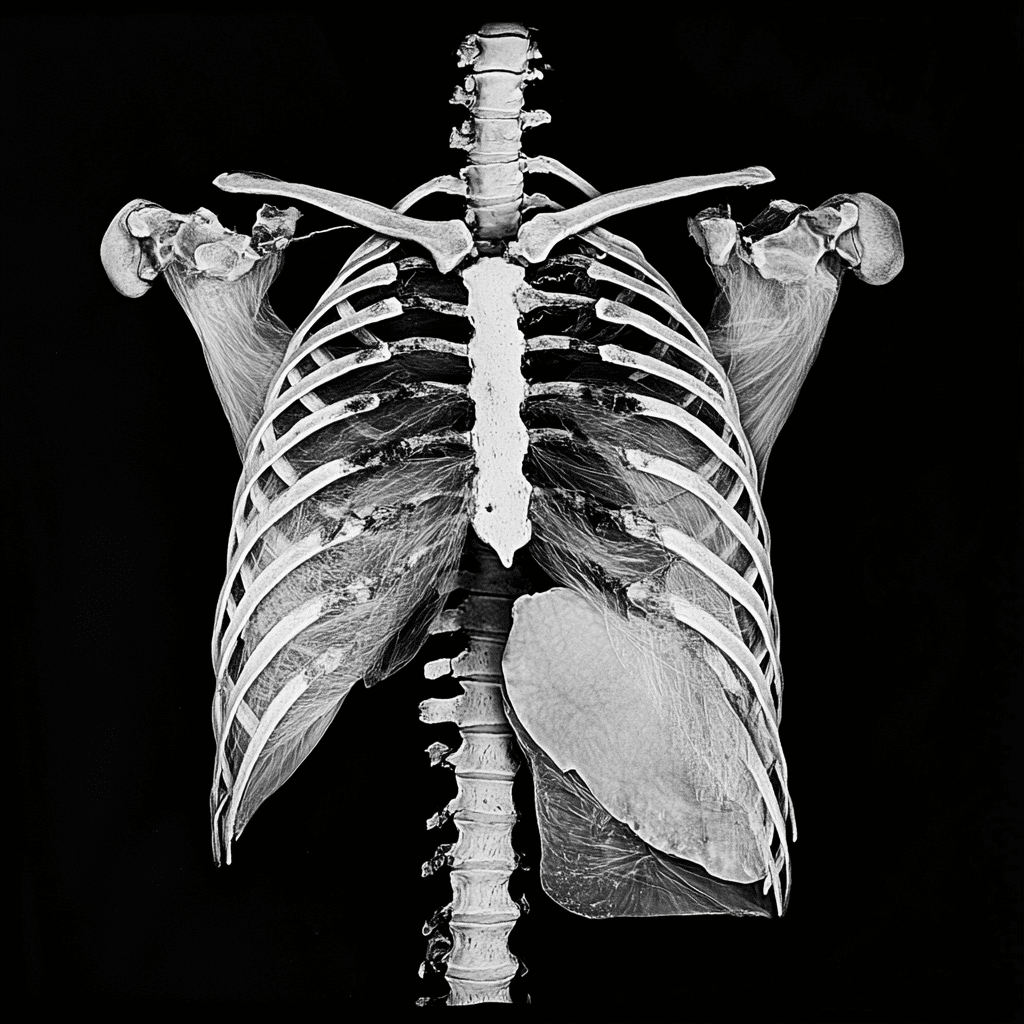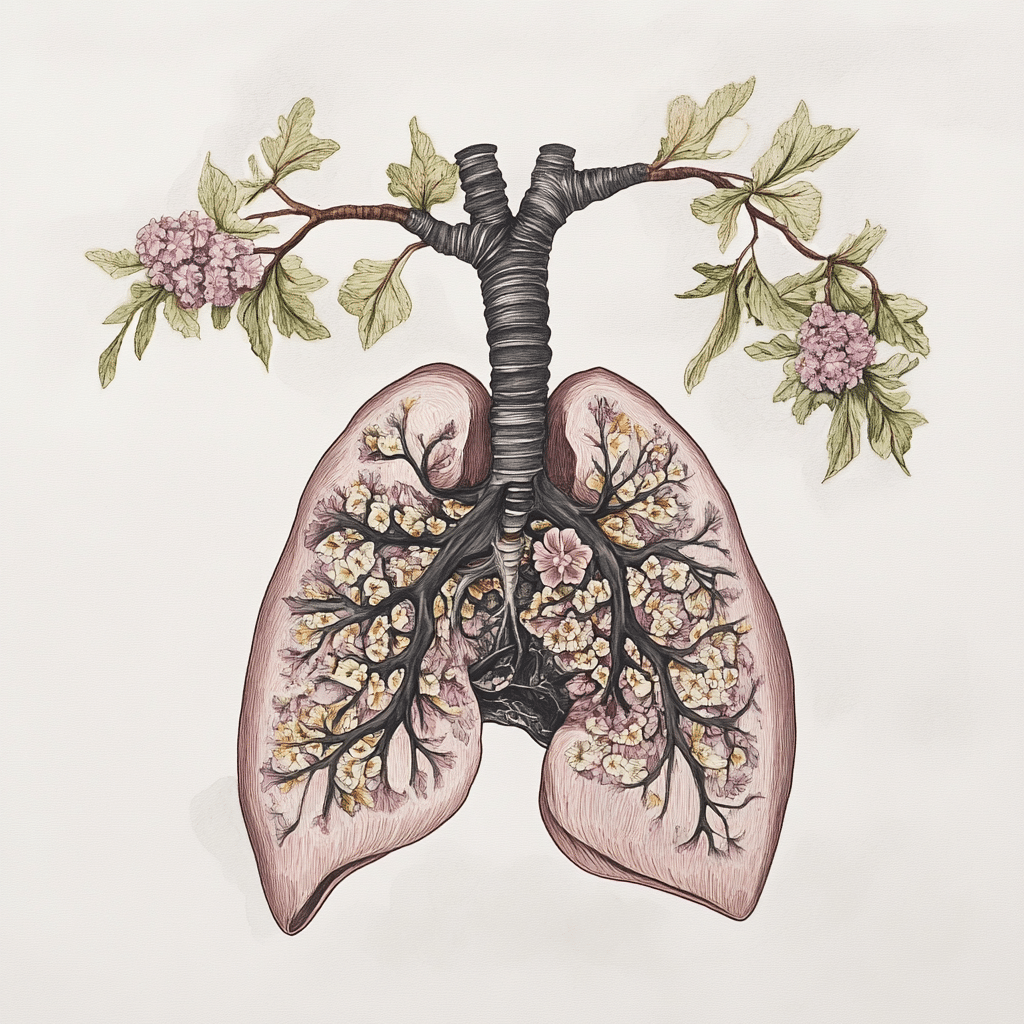![Pneumothorax Collapsed Lung: Types, Symptoms, Diagnosis, Treatment: Quick & EZ [Episode 10]](https://www.chiseled-magazine.com/wp-content/cache/flying-press/r0GSFIzdbuc-hqdefault.jpg)
Pneumothorax Symptoms That Demand Immediate Attention
When it comes to understanding our health, knowledge truly is power. One condition that can sneak up on anyone, taking them off their game, is pneumothorax—or the dreaded collapsed lung. Recognizing the pneumothorax symptoms is critical, as they can escalate quickly and demand immediate attention. Whether you’re hitting the gym hard or just going about your day-to-day life, being vigilant about these signs can be a lifesaver. Let’s dive into what you need to know, so you’re always in peak condition.

Understanding Pneumothorax Symptoms and Their Significance
Pneumothorax can happen quietly or come on like a freight train. The symptoms range in intensity and can be misleading if ignored. Timely recognition of pneumothorax symptoms is vital—delays in treatment can lead to serious complications, and nobody wants that on their watch. The differences between feeling winded after a heavy workout and the alarming signs of pneumothorax can literally be lifesaving.
Imagine trying to power through a brutal workout, but suddenly you feel sharp pain in your chest. You think, “It’s just a bit of soreness from yesterday’s session.” But hold on! If it’s a sharp chest pain, especially one-sided, that could mean trouble. Understanding your body and its signals makes all the difference, so let’s break down the top symptoms that merit immediate medical care. This knowledge is your armor for maintaining your health and getting back to your fitness goals.

Top 5 Pneumothorax Symptoms That Require Urgent Care
First up is sharp chest pain. It’s the kind of pain that strikes suddenly, often intensifying with every breath or cough. If it feels like a knife piercing through your chest, it’s not just workout fatigue. This kind of discomfort often deceives people, resembling signs of a heart attack. You can’t take any chances here; a visit to the doctor is a must if this suddenly happens, especially if it’s focused on one side of your chest.
If you’re gasping for air during a simple task—this isn’t just the aftereffects of a HIIT session. Shortness of breath, also known as dyspnea, can be mild or severe, heavily depending on how much of the lung is affected. The sensation might feel like someone’s squeezing your chest in a vice grip. The esteemed actor Michael B. Jordan once shared his quick recovery from serious health challenges; it’s a reminder that catching these issues early can save you serious distress down the road.
Next, let’s talk about tachycardia. When your heart races without explanation, it’s your body’s signal that something isn’t right. Coupled with other pneumothorax symptoms, it can reflect your body struggling with decreased oxygen levels. Sure, anxiety and panic can lead to a racing heart too, but here’s the kicker: in the context of suspected pneumothorax, don’t wait around to find out what’s up—get it checked.
Cyanosis, the bluish hue that may appear on your lips or around your nails, is a flag that your oxygen levels are dropping. Remember, this can happen in severe pneumothorax cases and needs urgent medical attention. Your body is giving you an SOS! Ignoring this is a gamble you shouldn’t take.
Finally, dysesthesia—that tingling feeling or “pins and needles” sensation. While not a traditional sign, this symptom can rear its head when you’ve got a severe pain episode or are freaking out due to breathing trouble. Those who’ve experienced panic attacks during crises may recognize this feeling. Understanding that it’s part of the overall scenario can help you keep a cool head when the pressure rises.

The Overlap Between Pneumothorax and Related Conditions
We can’t talk about pneumothorax without mentioning its sneaky siblings in the respiratory family. Conditions like pneumonitis may masquerade as pneumothorax, sporting symptoms such as cough and fever. To avoid a misdiagnosis, knowing how to differentiate these conditions is critical.
Moreover, consider the influence of mental health on physical symptoms. Individuals with cyclothymic disorder or cyclothymia might misinterpret their bodily sensations and become anxious, mistaking their physical distress for panic attacks. These misunderstandings can prevent individuals from seeking necessary care and can complicate timely treatment for serious conditions like pneumothorax.

Navigating Treatment and Management Options for Pneumothorax
So, you’ve noticed some pneumothorax symptoms—what’s next? Recognizing the urgent need for treatment is paramount. Management might involve monitoring or, in severe cases, more aggressive approaches like inserting a chest tube or surgery. The treatment largely hinges on how hefty the pneumothorax is and your overall health.
Understanding the risks of ignoring these symptoms—like total lung collapse—should light a fire under anyone. Studies have shown that patients who received timely treatment not only have better survival rates but also bounce back quicker. If you feel those warning signs, don’t just grab the remote and settle in—get moving towards the hospital!
The Path to Recovery: What to Expect After Treatment
Now, what does recovery look like, you wonder? It varies from one individual to the next, depending on factors like the severity of your symptoms and whether you have any pre-existing conditions. After treatment, follow-ups and monitoring are key. It’s like when you lift weights; just because you’ve hit a new personal record doesn’t mean you get to slack off on your form.
Learning to recognize any reemerging signs and engaging in breathing exercises can significantly influence recovery. While complications aren’t common, staying vigilant is crucial. Elevate your health game by teaming up with healthcare providers to address pneumothorax symptoms strategically.
Embracing Awareness and Education in Pneumothorax Management
In summary, awareness regarding pneumothorax symptoms can’t be overstated. Let’s look out for each other by fostering knowledge and understanding so we can respond promptly. Staying educated transforms potential crises into manageable moments, leading to better outcomes.
As you navigate through life, whether you’re training to build muscle like Arnold or chasing after your kids, having the know-how about these life-threatening symptoms is essential. So, strive to recognize the signs, act swiftly, and empower those around you. Through effective awareness, we can turn challenges into victories, keeping ourselves and our loved ones in prime condition. Remember to head over to sites like Mindful Therapy Group for further insights on resilient health management.
Stay informed, stay strong, and let’s conquer our fitness goals together!
Pneumothorax Symptoms: What You Need to Know
Pneumothorax symptoms can be quite alarming, and understanding them is key to getting the right care quickly. One of the biggest indicators is sudden chest pain, which can be sharp and severe, combined with shortness of breath. This isn’t just a minor annoyance; it can feel like you’ve just sprinted a marathon, even if you’re sitting still! It’s always wise to consider how the viral elements of our lives, like the recent corona virus pandemic, have made us more aware of respiratory issues, making it crucial to differentiate between common ailments and potential emergencies.
Recognizing Key Symptoms
Aside from the expected chest pain and breathlessness, you might notice a rapid heartbeat and decreased oxygen levels, which can lead to dizzy spells. Fun fact: Just like how you can figure out your finances with a payment calculator mortgage tool, identifying these symptoms requires a bit of knowledge and critical thinking! Listening to your body is important, and if you notice these signs, don’t hesitate to get medical attention. Additionally, tension in the chest may be accompanied by a dry cough—something that can mirror other problems, but here’s where you want to listen closely to your body.
The Importance of Fast Action
Taking quick action can dramatically influence the outcome. For instance, a pneumothorax can lead to complications if left untreated, similar to how ignoring pests like carpet beetles can turn a little issue into a big headache. In extreme cases, a tension pneumothorax can even be life-threatening. Of course, while we often think about pop culture references—like Sean Williams scotts comedic antics—this isn’t a matter to take lightly. Recognizing and understanding pneumothorax symptoms is more than just trivia; it could save your life or that of a loved one.
So, keep an eye out! Being aware of your body’s signals, coupled with the right information, can set you on the path to better health. And remember, if you’re ever dealing with anything that feels off, a quick visit to the doctor is always worth it—after all, this isn’t just about knowing symptoms, but making informed decisions about your health.



























